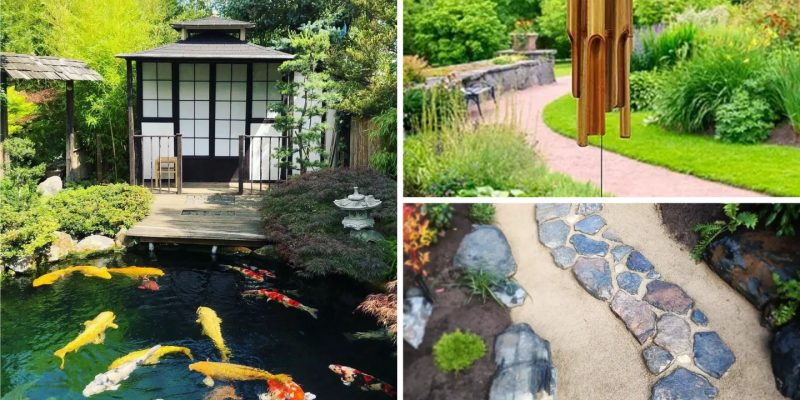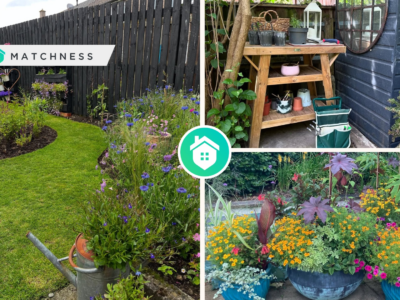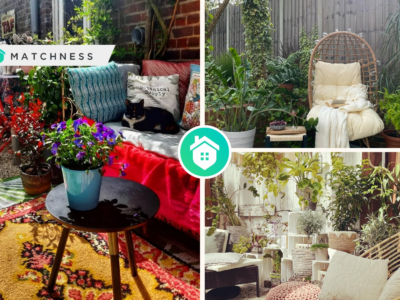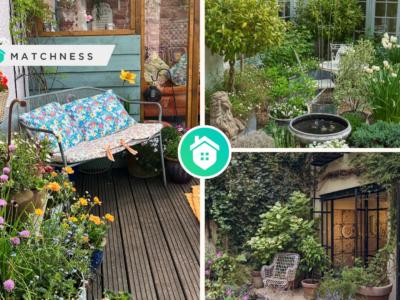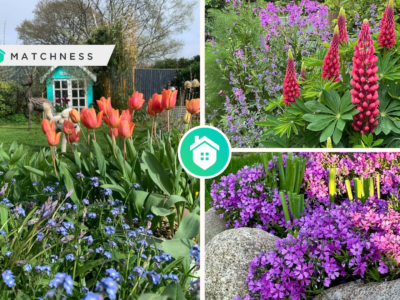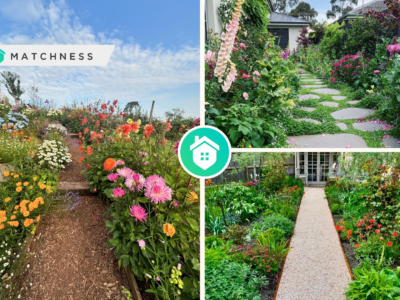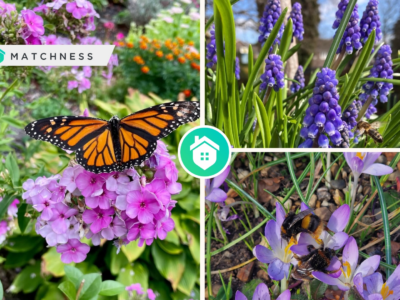Asian landscaping, often referred to as Asian-inspired or Zen landscaping, is a captivating and harmonious style that brings a sense of tranquility and balance to outdoor spaces. This design approach draws inspiration from the landscapes of Asia, particularly Japan, China, and other eastern cultures. By blending natural elements with thoughtful design principles, you can create a serene and inviting outdoor retreat. Let’s delve into the key aspects of crafting your own Asian-inspired landscape with an example below.
Nature as Your Canvas
Central to Asian landscaping is the integration of nature into the design. Embrace the concept of minimalism and open space. Begin by clearing clutter and excess, allowing the natural beauty of your surroundings to shine. This might involve trimming overgrown plants or removing unnecessary structures.
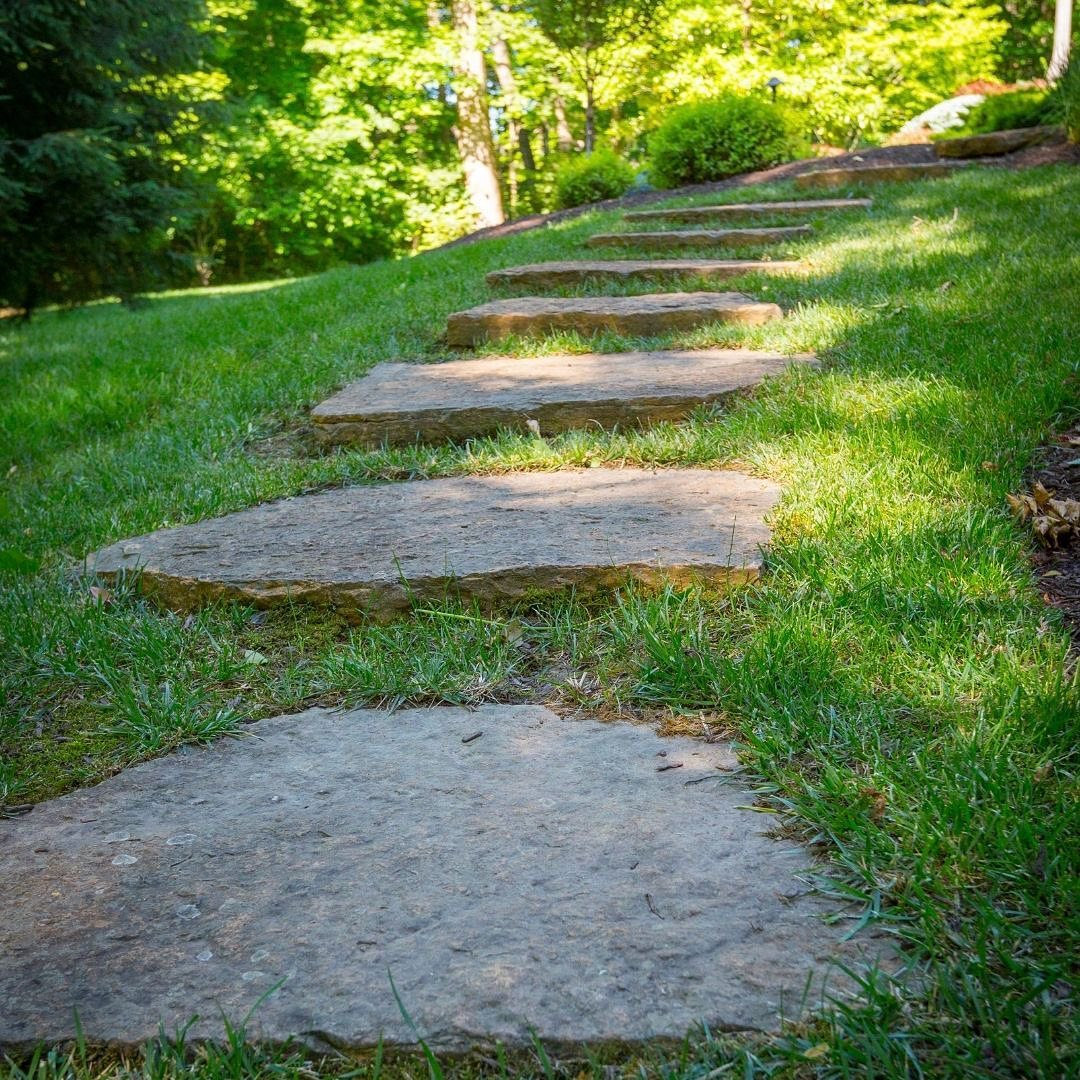
By decluttering and removing excess elements from your garden, you create space for the innate beauty of your environment to radiate. This process may encompass tasks such as pruning unruly plants or eliminating unnecessary structures. Outdoor space from @ seilers_landscaping
Balance and Symmetry
Balance is a fundamental principle in Asian landscaping. Achieve equilibrium by placing elements symmetrically, creating a soothing and ordered appearance. Balance can be achieved through careful arrangement of plants, rocks, pathways, and water features.
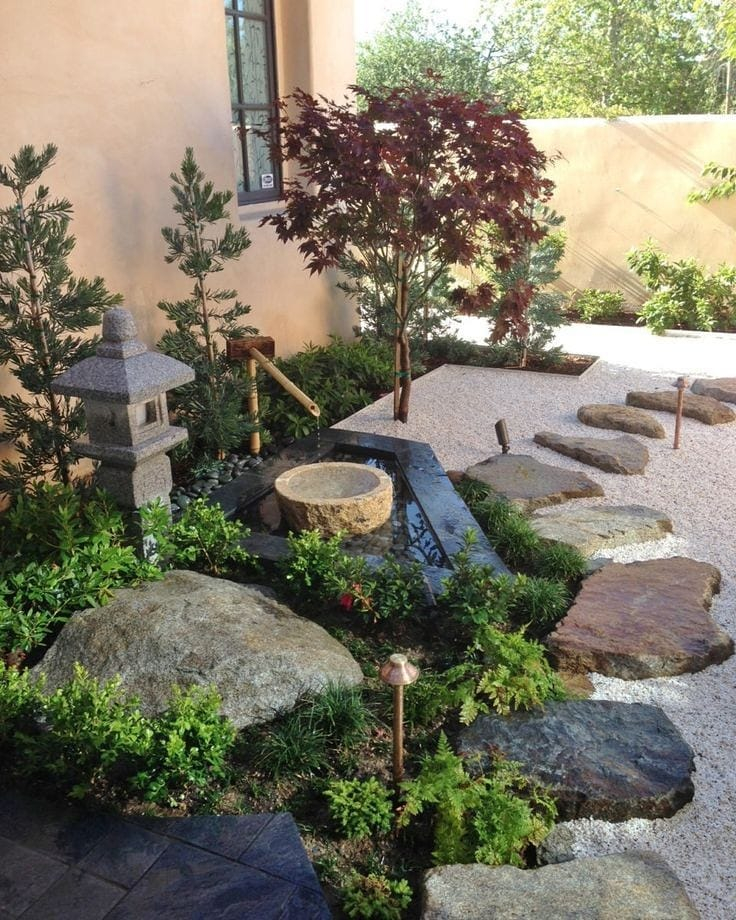
Craft a serene and harmonious look inspired by Asian landscaping by meticulously organizing plants, rocks, walkways, and water elements. This arrangement aims to evoke a sense of tranquility and structure. Japanese garden from @ garden_blog_usa
Water Features
Water is a crucial element in Asian gardens, symbolizing serenity and life. Incorporate a small pond, a gentle stream, or even a simple fountain. The sound of trickling water can bring a sense of calm and create a peaceful atmosphere.
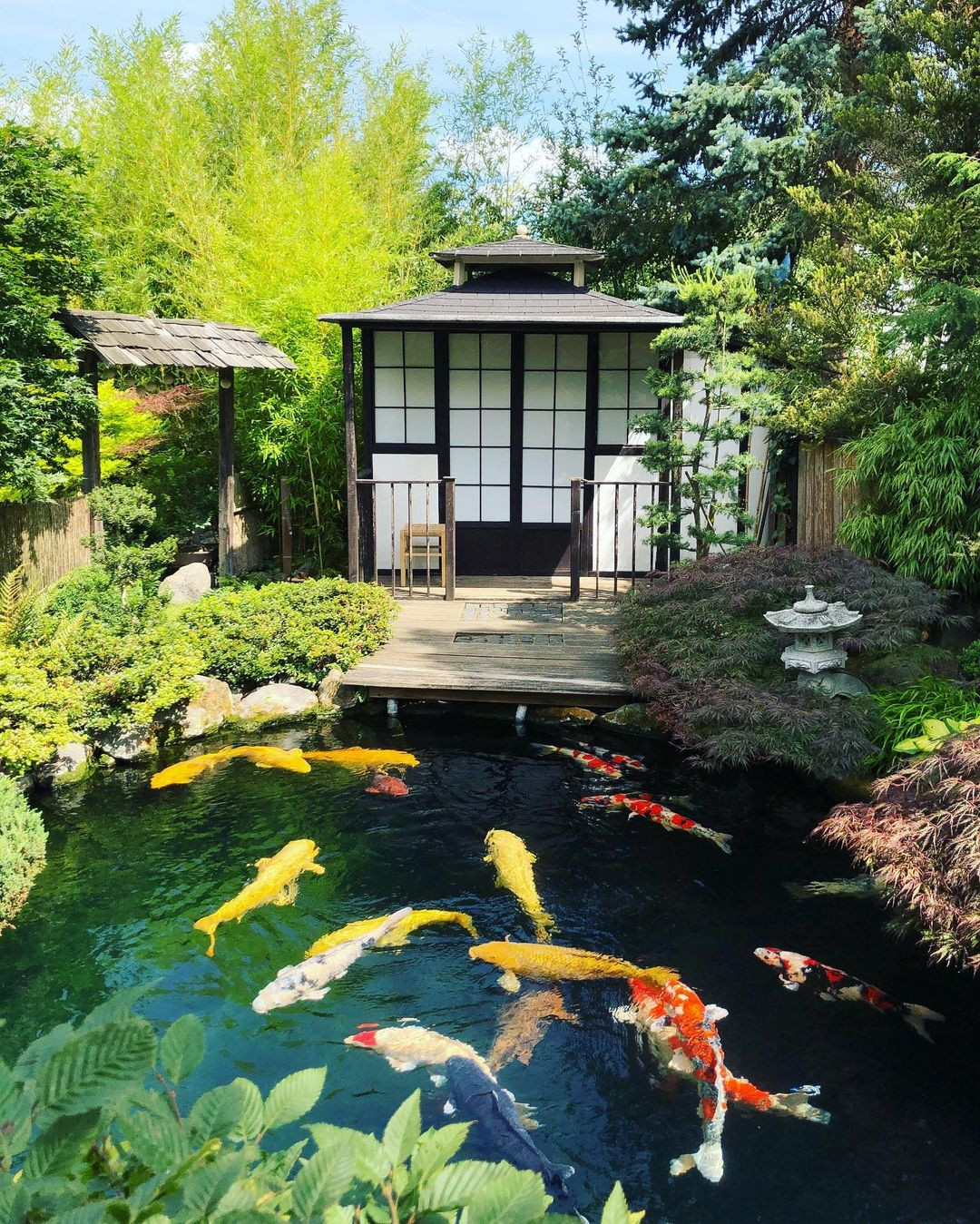
Water holds deep meanings in Asian cultures, symbolizing life, purity, and calmness. Adding water features like ponds, streams, or waterfalls brings balance and harmony to gardens. The sound of flowing water fosters tranquility and a connection to nature. Moreover, these features help cool the surroundings, support diverse plant and animal life, and offer a spot for meditation and reflection. Koi pond from @ icille
Rocks and Gravel
Rocks, often arranged in groups of odd numbers, represent mountains and islands in Asian landscaping. Choose rocks with natural shapes and colors, and position them strategically to evoke a sense of rugged beauty. Gravel or sand can be raked into intricate patterns, a practice known as “karesansui” or a dry Zen garden.
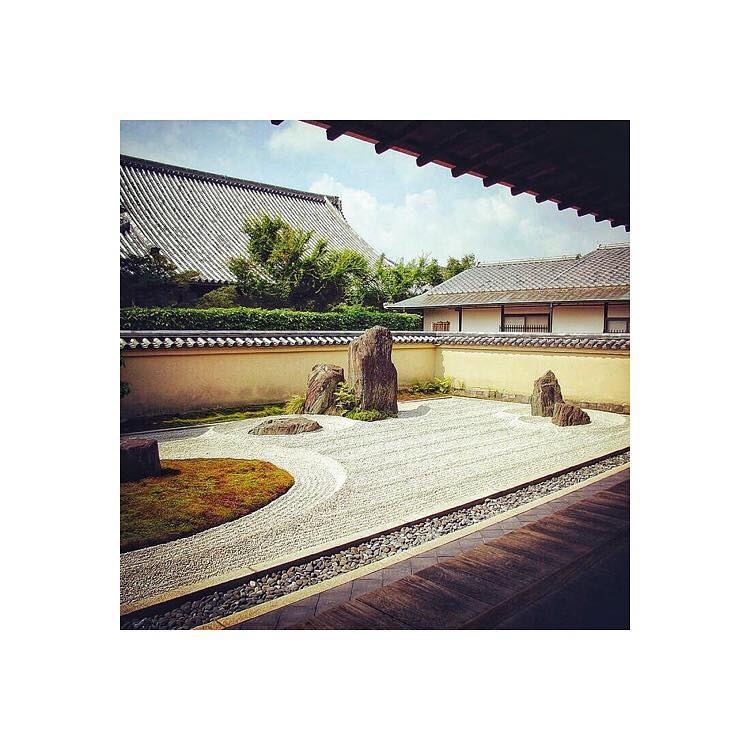
Rocks and gravel represent the enduring presence of nature and symbolize stability and strength. They not only contribute to the aesthetic balance of the garden but also evoke a sense of tranquility and harmony deeply rooted in Asian cultural values. Karesansui from @ amrithakarnakardesign
Plants and Greenery
Selecting the right plants is crucial. Opt for a mix of evergreens, flowering shrubs, and ornamental grasses. Consider using plants like bamboo, Japanese maples, cherry blossoms, and bonsai trees. Arrange them in a way that mimics the natural flow of a landscape.
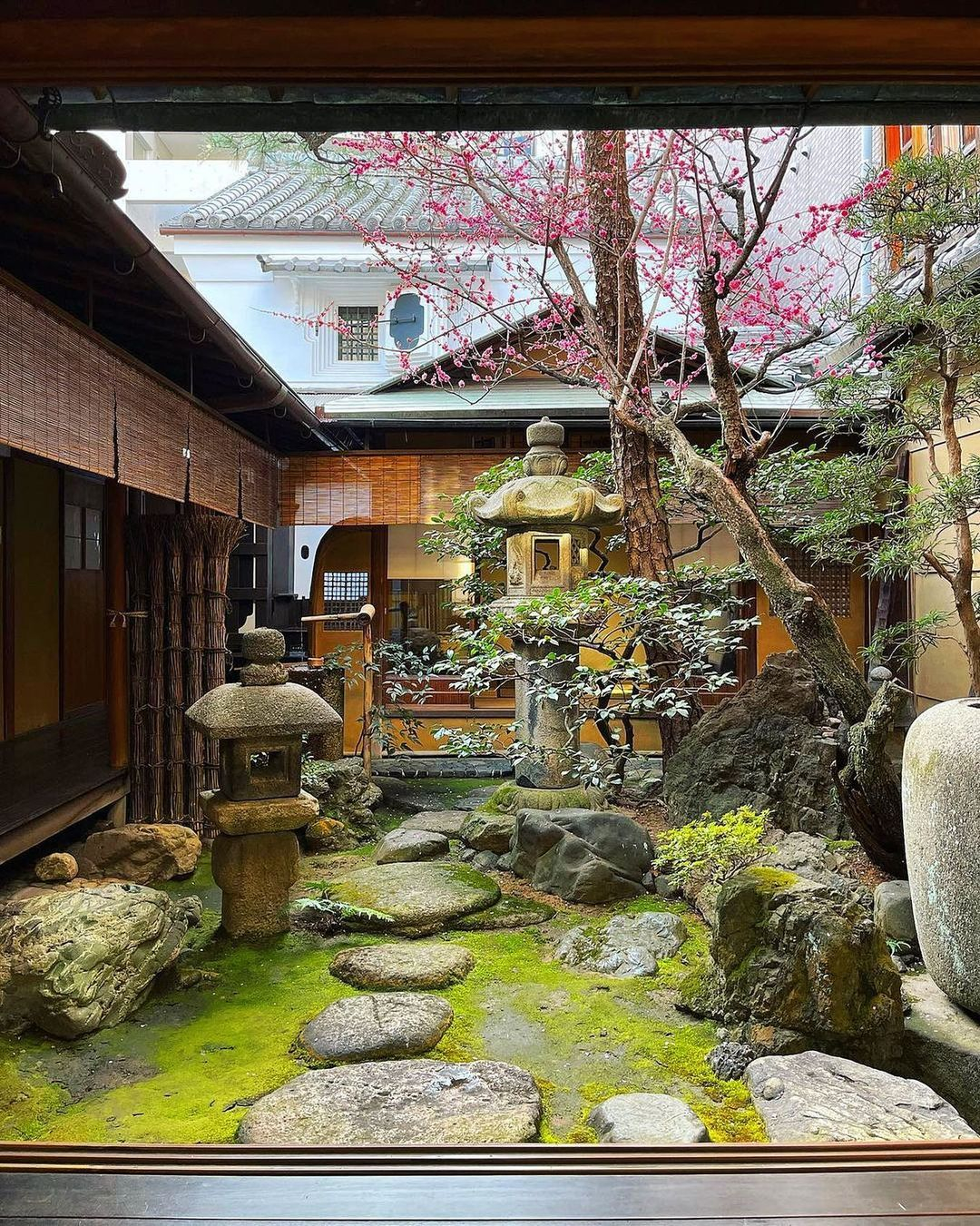
An Asian garden encompasses more than just bonsai trees. Consider a blend of evergreens, blooming shrubs, decorative grasses, and vegetation such as bamboo, Japanese maples, and cherry blossoms. Garden from @ Nihonryokan
Bridges and Pathways
Incorporate stone or wooden bridges to create a sense of journey and connection within your landscape. Curved pathways can lead visitors through different areas, encouraging exploration and contemplation.
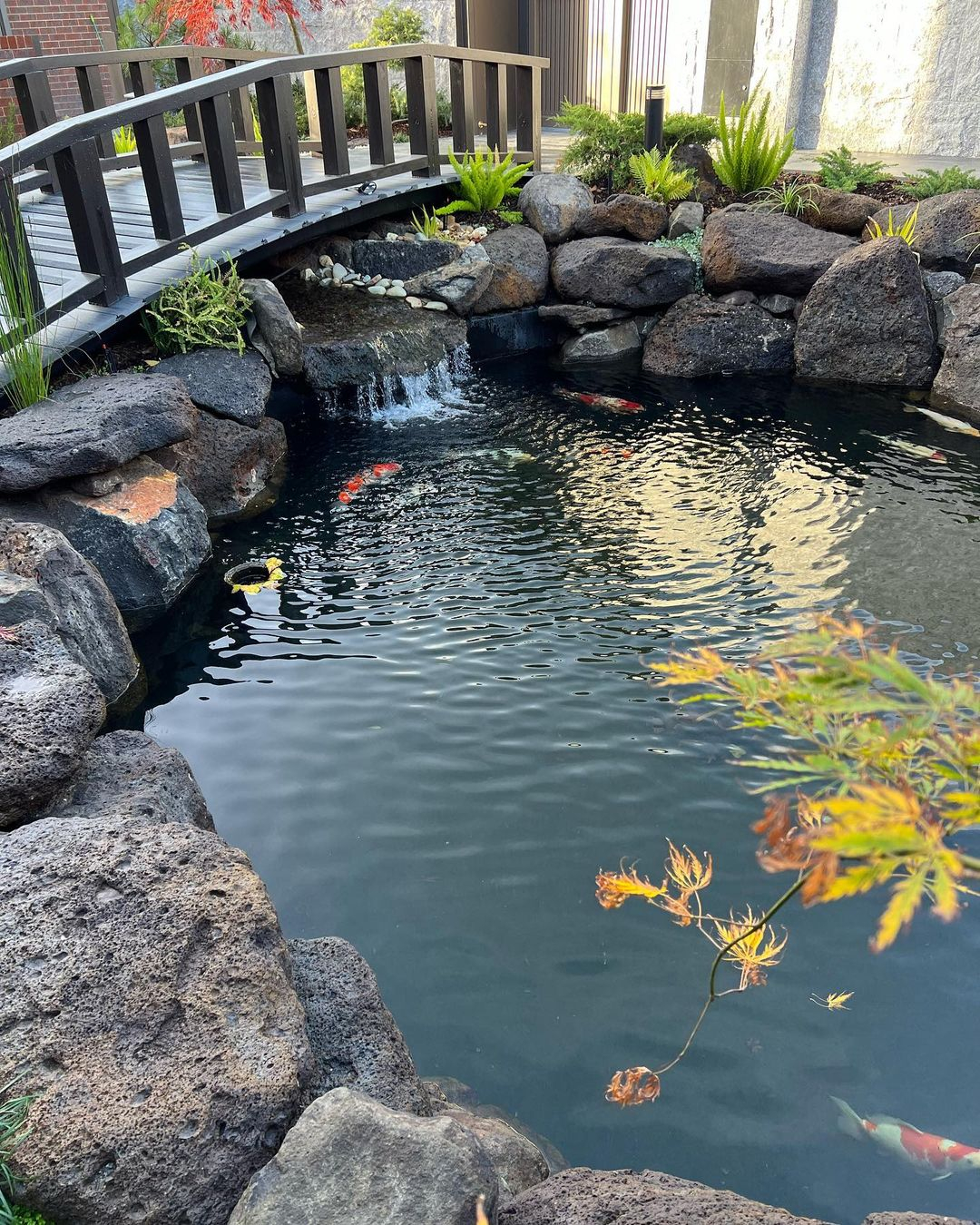
Adding a bridge to an Asian landscape provides both functional and aesthetic benefits, enhancing the garden’s design. Bridges symbolize transition and connection while also offering a visually striking focal point. Japanese garden landscape from @ kiharalandscapes
Outdoor Structures
Add traditional Asian structures like pergolas, pavilions, or teahouses to provide shelter and focal points. These structures can also serve as places for relaxation and meditation.
Use of Color
Choose a calming and neutral color palette with occasional splashes of vibrant colors. Earthy tones, such as greens, browns, and grays, evoke a peaceful ambiance.

Earth tone colors mimic nature’s hues, promoting a serene and harmonious atmosphere that aligns with the garden’s calming and balanced aesthetic. Natural from @ uetoki_landscapes
Minimalist Decor
Less is more when it comes to Asian landscaping decor. Select a few well-chosen pieces like lanterns, statues, or decorative rocks to enhance the atmosphere without overwhelming the space.

Minimalist decor in an Asian garden emphasizes simplicity and essential elements, fostering a sense of tranquility and space that resonates with the garden’s meditative ambiance. Zen garden from @ sakurai_japanese_garden
Maintenance
Regular upkeep is key to preserving the beauty of your Asian-inspired landscape. Prune plants, rake gravel patterns, and ensure that water features are clean and functional.
Creating an Asian-inspired landscape is an artistic endeavor that requires careful planning and attention to detail. By incorporating the principles of balance, nature, and tranquility, you can design a space that not only captivates the eye but also nurtures the spirit, offering a peaceful retreat for years to come


